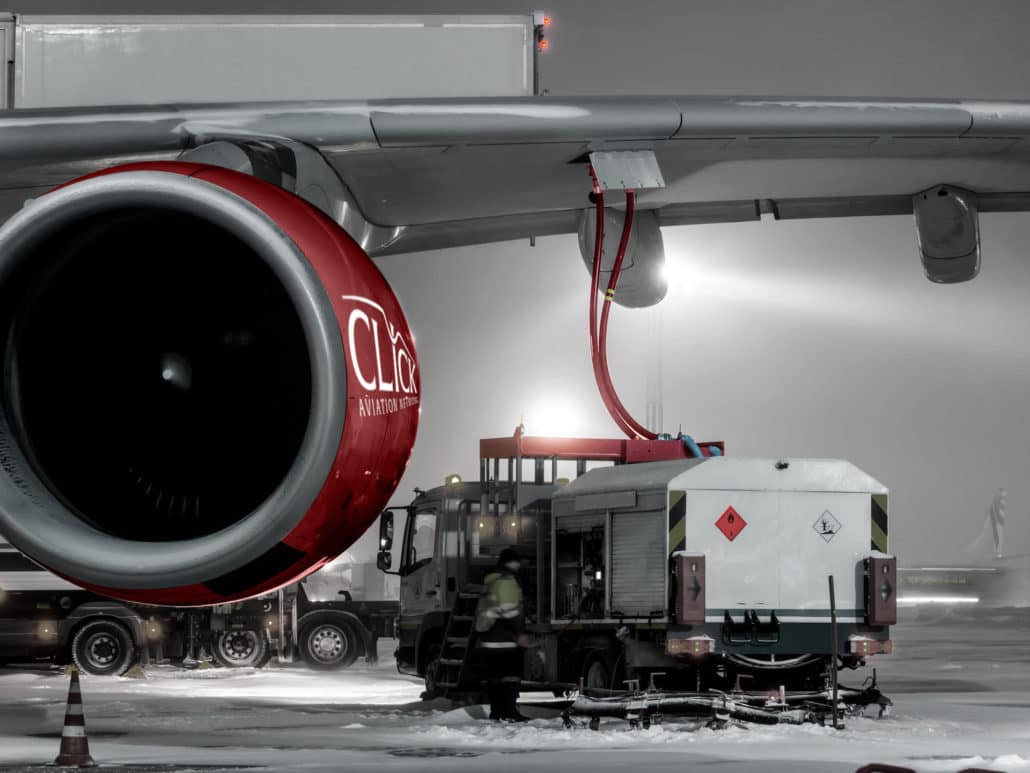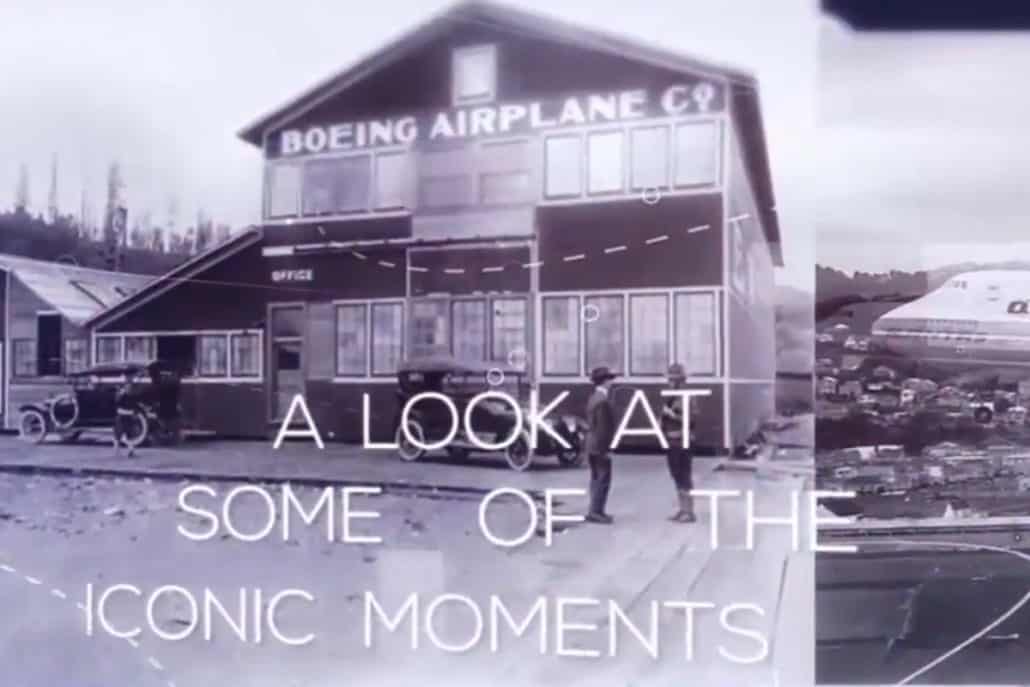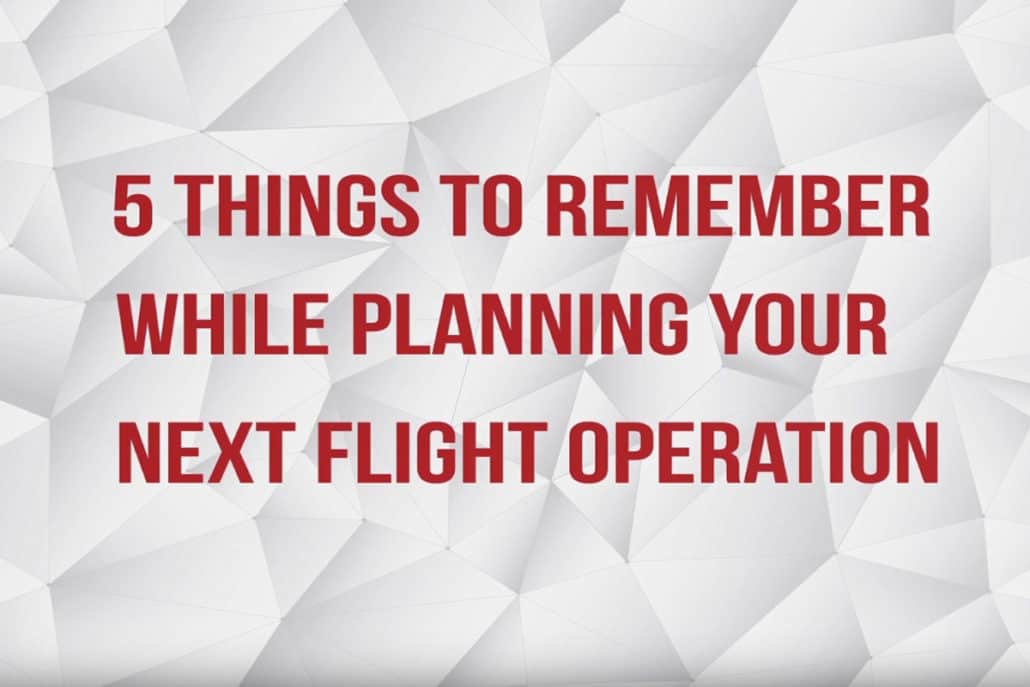Click Aviation Network to Showcase at EBACE 2018
Click Aviation Network will attend and exhibit at the European Business Aviation Convention & Exhibition (EBACE 2018) from Tuesday May 29 to Thursday 31. We will showcase our global platform, build new relationships with industry peers and share insights into recent aviation trends.
Most importantly, EBACE 2018 will bring together thousands of aviation professionals from Europe and around the world. The event will last for three days at Geneva’s famous Palexpo.
Click Omega Platform
Through our platform, Click Aviation Network connects all parties within our industry in a way that is both transparent and user-friendly to lessen the burdens of traveling. Above all, creating connections and long-lasting relationships is the crux of success for our networking concept.
Strategic Partnerships
Click’s international partners support our networking concept in the business aviation field. These partnerships, therefore, lead to high-quality services and competitive rates. Additionally, Fixed Based Operators (FBOs) in key regions create real benefits for users of the platform. This is especially true in global trip support and planning needs.
Instant Permits
Click has reduced processing times for flight permits by offering our members both instant and hassle-free permits to international locations. As a result, we are taking industry players to new heights with profitable results.
Attend our showcase at EBACE 2018
Join our team at Booth L89 as we showcase our services. Let’s take the aviation industry into a new stage of networking and collaboration.
About Click: Click Aviation Network is a Dubai-based global network of aviation partners who offer an integrated array of services, from aircraft ground handling, aircraft ground support, international trip support, aircraft charter and route analysis to a revolutionary networking tool that empowers modern business. Click Aviation Network’s platform connects key players – including charter brokers, operators, suppliers and other service providers – bringing them under one roof to explore business opportunities, increase operational efficiency, eliminate risks, reduce costs and build credibility.











